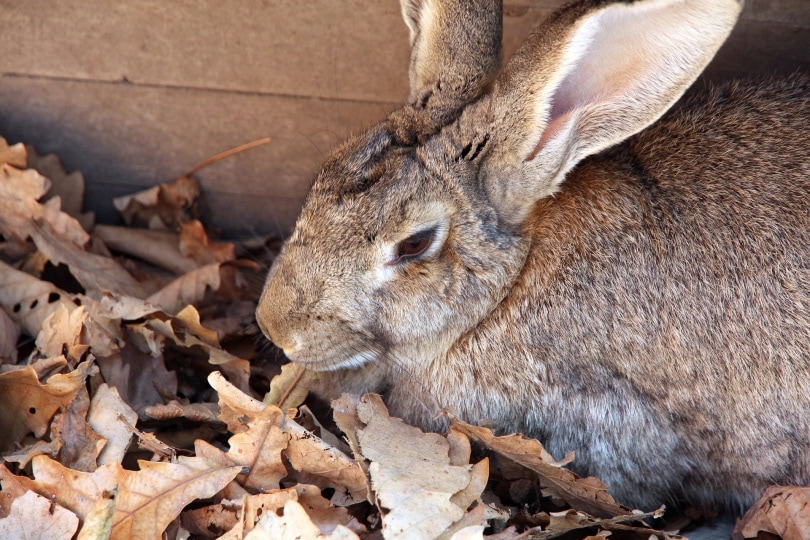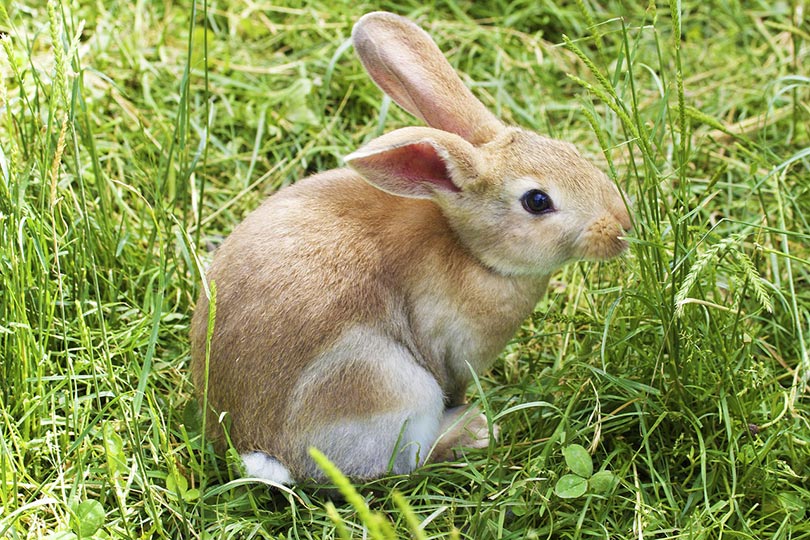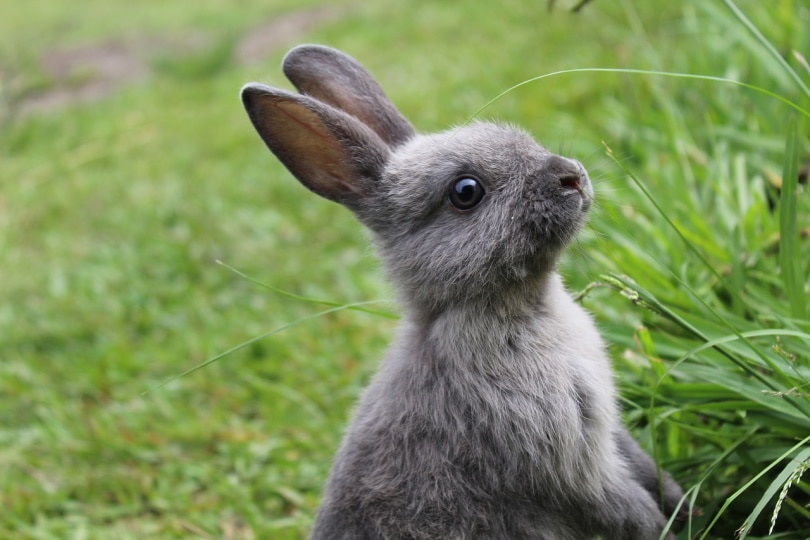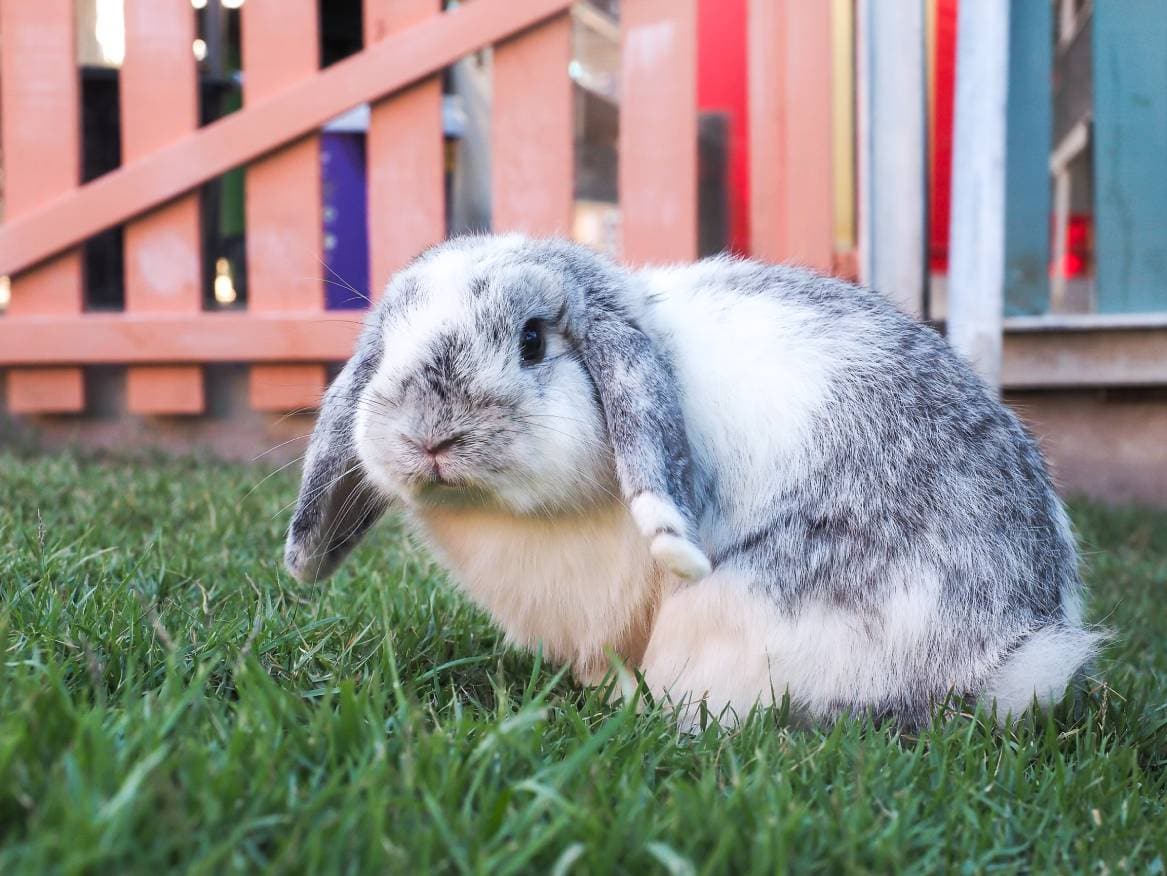
Rabbits are one of the last domesticated animals, although finding the exact time of their domestication can be hard to trace. Recent scientific evidence claims rabbits were domesticated a long time ago and not at a single location.
There’s even a famous anecdote that French monks domesticated rabbits in the 7th century. Scientists examined the DNA of the rabbits that are domesticated today, disapproving of that popular myth.
So, when exactly were rabbits domesticated? And how? Keep reading to learn more about these lovely animals and when they became human companions.
The Myth About Domesticating Rabbits
According to the commonly believed myth about rabbit domestication, the Pope proclaimed that rabbit meat was fish in the 7th century and that you could eat it during Lent. The monks allegedly rushed to domesticate and produce rabbits so they could eat them during Christmas festivities.
It’s a nice story, and it’s often used to ridicule religious rules and how easily they are bent when needed. However, chances are that it’s simply not true and a myth developed centuries later.
How Was It Debunked?
Historians and archeologists were the first to debunk the myth of domesticating rabbits. The story of declaring rabbits to be fish can’t be traced to a Pope, but it can to a bishop and historian St. Gregory of Tours. He described the action of a French nobleman Roccoleneus who had eaten rabbit meat during Lent and soon died.
The apocryphal story can be found much later, originating in the 19th century. However, this in itself isn’t enough to thoroughly debunk the myth.

Genetic Analysis
To determine how rabbits become domesticated, we must turn to the genetic analysis of the rabbits used today. All the bunnies we have today are descendants of the Oryctolagus cuniculus species.
The Genetic Difference Between Wild and Domesticated Rabbits
There’s a clear difference in the genes of domesticated and wild rabbits. This difference started to appear about 12,000 years ago. This points out a date when the animals were first domestic.
It happened millennia before any Pope or a religious decree.
However, the difference in the DNA doesn’t prove that the animals were domesticated since it doesn’t tell us anything about how they were fed or taken care of. For this, we must turn to archeological evidence.
The 2015 Paper About Rabbit Genetics
One of the most critical analyses regarding rabbits and their genetic traits came in a paper published in 20151. It showcased the genetic difference that came to be about 12,000 years ago and thus changed the way we think about the process.
Even though the myth we mentioned before is still popular online, it’s now wholly rejected in the scientific community since there’s clear evidence of how far domestication goes in history. Some molecular biologists don’t agree with these results.
The Archeological Evidence
There’s a lot of archeological evidence about the long relationship between humans and rabbits. Evidence shows they were hunted in the Paleolithic era and that Romans housed and bred them.
They were forced to breed in the middle ages and used for food. Rabbits are used as pets and bred for their features other than meat, but that’s a very modern approach, going back to the 19th century.

How to Know if an Animal Is Domesticated?
There are usually signs that tell the scientific community that an animal is now domesticated and has changed compared to what it was before.
An excellent example is that dogs get floppy ears as they get less aggressive—and it’s a good sign that they are no longer wild. Breeders don’t try to achieve this effect, but it happens.
No such trait for rabbits indicates that it is now a domestic animal. However, there are a few interesting cases to observe. It was in the 16th century that rabbits of different colors were first mentioned. And they tended to get much larger in the 18th century.
Domestication Is a Process
Most scientists will tell you that it’s impossible to pinpoint a moment in time when an animal has been domesticated because there’s no such a moment. It’s a process that takes generations before an animal changes its behavior and gains new physical traits.
Rabbits are still being domesticated today since they are bred with new knowledge and science and often for their physical characteristics alone.
Rabbits Used as a Meat Source
There’s evidence that rabbit meat was commonly used in ancient Rome and that the Romans had the infrastructure to breed rabbits for this purpose.
They also had cuisine that was able to prepare rabbit meat in a variety of different ways. The practice continued in the middle ages, and at that point, there were several rabbit species with other features.
During World War I and II, the population was called upon to breed more rabbits to replace other types of meat used to feed the army. It became a commonly used food, and many people bred rabbits, making new recipes along the way.

Breeding Rabbits Professionally
Breeding rabbits to find and produce certain traits beyond meat and its taste came to be in the 16th century but in a very rudimentary form. It started in Germany at one of its many courts at the time.
The first exhibitions and competitions are a product of Victorian England. Breeding clubs were founded in 1874 in Germany. It became a common hobby among country gentlemen in Europe in the 20th century and still exists in many parts of the world. All these events led to the changes in the rabbits we know now.
Rabbits as Pets
Rabbits as children’s pets were a later development regarding the relationship between humans and rabbits. It started in the 19th century, mainly in western Europe and the US. They were considered appropriate pets for kids and often gifted as such.
However, rabbits may not be the best pet option for kids as they are somewhat fragile, and kids can easily hurt them by accident. Still, they can be house-trained quickly and much faster than some dogs, which is why some people decide to keep them as pets.
The Change in Rabbit’s Brains
Research shows that domesticated rabbits have physical characteristics that make them different and calmer than wild rabbits. These developed over time, and it’s not yet possible to state when the change in physical characteristics came to be. It’s mainly noticeable in the brains of tame rabbits.
The amygdala, the part of the brain that processes fear and anxiety, is much smaller in a domestic rabbit. In some cases, it can be as much as ten percent smaller. This means that domesticated rabbits haven’t had anything to fear for generations since they have no predators.

What Does the Myth About Rabbit Domestication Tell Us?
There are a few reasons why the myth of the French monks breeding rabbits so that they can eat them is still widely believed.
The story was made up in the 19th century when criticism of religion was commonplace and had a strong following. That’s one of the reasons it resonates with the modern audience. It will also take a while until scientific research about genetics finds its way to the general public.
So, When Did Rabbits Get Domesticated, and How?
Rabbits were domesticated over 12.000 years ago, which can be traced in their DNA. The physical manifestations of domestication started to show in the 15th and 16th centuries in color and the size of the rabbits, but it’s a part of a much longer process.
At least, that’s what most scientists believe; this is also proven by the change in the brains of modern domestic rabbits. At this point, they have a smaller fear center since they are safe when living with humans.
Final Thoughts
Rabbit domestication was a long process, and in some ways, we can say that rabbits are still being domesticated until this day. With new breeds and domestication techniques, this is a never-ending development process.
- See also: Do Rabbits Purr? The Interesting Answer!
Featured Image Credit: zoosnow, Pixabay









